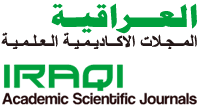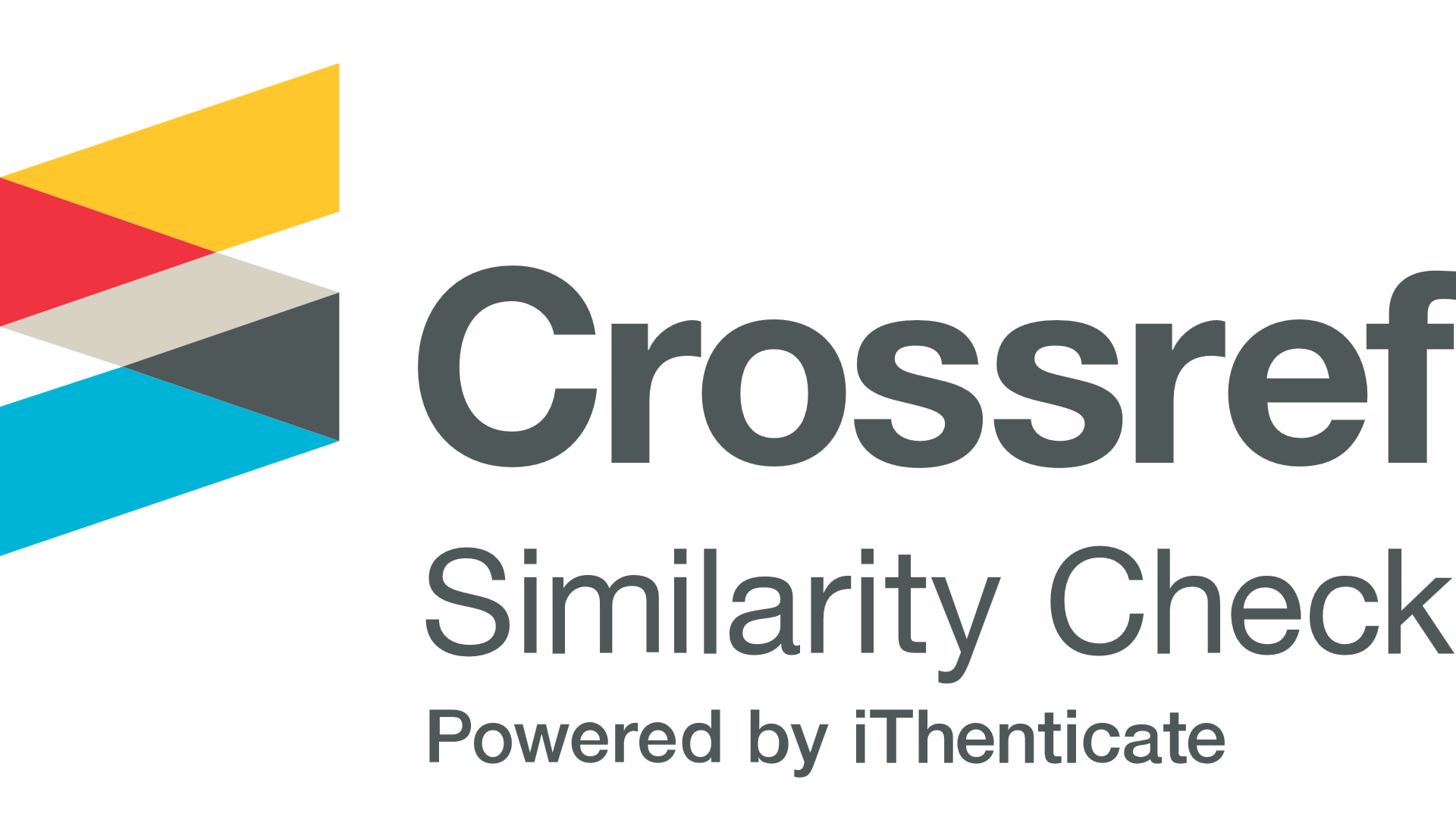The Effect of the KUD Strategy on Developing Self-Efficacy among Eighth-Grade Students in Geography within the Social Studies Curriculum
Abstract
The aim of the research is to identify:_ The impact of the KUD strategy in developing self-efficacy among second-year intermediate students in geography within the social studies subject. The research community was represented in Rabia district, and the research sample consisted of (61) second-year intermediate students, for the year (2023-2024) who were randomly selected from the research community. The experimental group included (30) students and the control group (31) students. The research tool: a self-efficacy scale test prepared by the researcher. The tool became composed of (40) items in its final form.After preparing the teaching plans and the tool, the experiment began (10/10/2023) and continued until (12/24/2023). After the experiment ended, the researcher applied the research tool to the students of my group (the research sample), in four lessons. After correcting the students answers to the test, the researcher collected data using statistical methods according to the Spss statistical program, and the results are:-There is a statistically significant difference at the level (0.05) between the average self-efficacy development of students in the experimental group taught using the KUD strategy and the average self-efficacy development of students in the control group taught in the usual way, in favor of the experiment. The researcher also came up with a number of recommendations, including that the Preparation and Training Unit in Nineveh Governorate should hold seminars and conferences that emphasize the importance of developing the self-efficacy of middle and middle school students. He recommended proposals, including the impact of the KUD strategy in developing geographical concepts and geographic reconnaissance among second-year intermediate students in social studies


